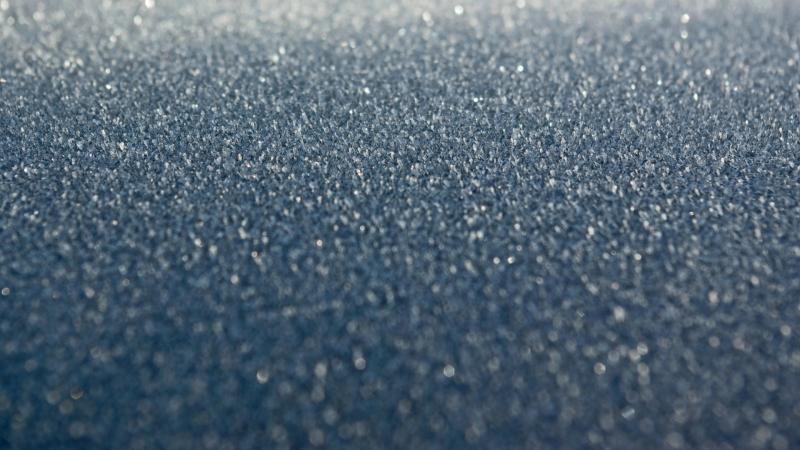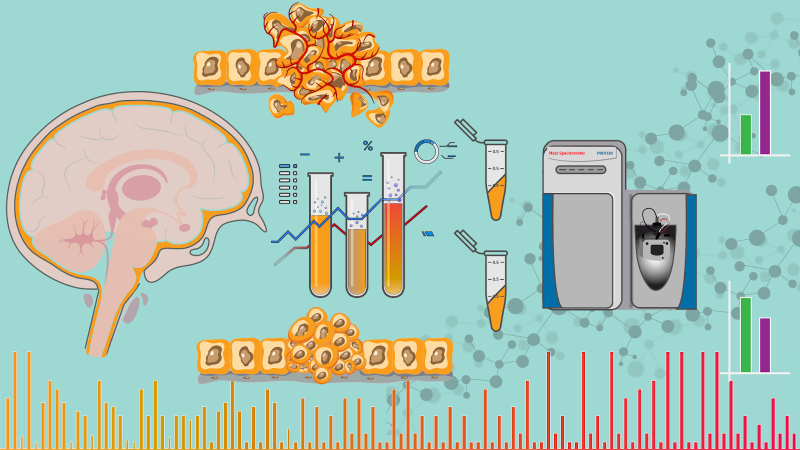
Scientists from Poornaprajna Institute of Scientific Research (PPISR), Indian Institute of Science and Albert Einstein College of Medicine, USA have studied the role metal ions play in assisting the crystallization of protein molecules.
Like all other solid molecules, protein can be coaxed into forming a crystal lattice- a repeating geometrical pattern. Although rarely seen in nature, protein crystals have been primarily used for scientific and industrial uses, like X-ray crystallography, neutron diffraction and electron microscopy, and are manufactured in laboratories or by individuals. Nowadays, a commercially available protein crystallization kit costs around 30,000 rupees and can be used for many of the commercial uses. However, many of the popular commercial kits does not use the potential of metal ions in enhancing protein crystallization, and contain just one metal ion.
Protein crystallization occurs when the long chain protein molecule can arrange itself in a regular, repeating 3- dimensional arrangement, due to inter-protein interactions. Epitopes, a part of an antigen where antibodies attach, can produce the stable protein interactions required for crystallization. Metals, due to their geometries, have been known to generate such epitopes, which aid in protein oligomerization, where two or more monomer molecules combine to form an oligomer.
For this study, the scientists studied the crystallization of the protein rRNA methyltransferase obtained from the bacterium Sinorhizobium meliloti, as well as other examples of metal aided protein crystallization. The results indicate that although the process of metal ions assisting crystallization is understood, it is yet to be utilized on a commercial scale.
The study revealed that of all the proteins, from the protein data bank, that were studied, around 67% of them had just a single metal ion, while just around 14% had a combination of metal ions. Many of the commercial kits too were found using protein with just a single metal ion. The researchers believe “crystallization screens need expansion with systematic screening of metal ions that could be crucial for stabilizing the protein structure or for establishing crystal contact.”
